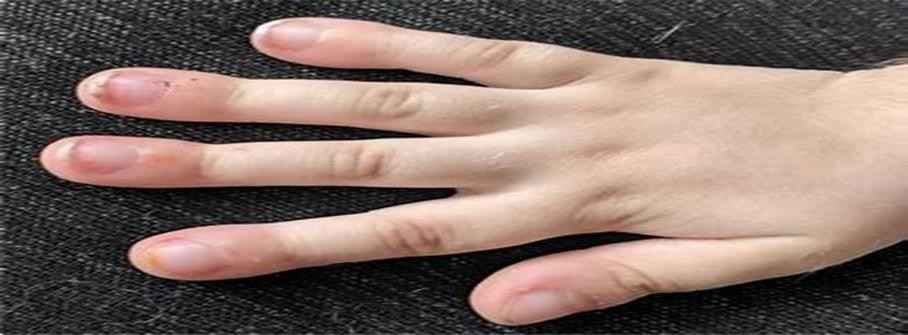Which of the following are common manifestations of heart failure in infants? (SELECT ALL THAT APPLY)
Cool extremities and decreased urine output
Bradycardia and hypotension
Increased appetite and excessive weight gain
Poor feeding and weight gain
Tachypnea and respiratory distress
Correct Answer : A,D,E
A. Decreased cardiac output in heart failure can lead to poor perfusion of the extremities, resulting in cool skin and decreased urine output due to reduced renal perfusion and impaired kidney function.
D. Poor feeding is often observed due to increased respiratory effort, tachypnea, and fatigue associated with heart failure. Additionally, infants may exhibit failure to thrive or inadequate weight gain despite increased caloric intake due to metabolic demands and inefficient utilization of nutrients.
E. Tachypnea and respiratory distress occur due to pulmonary congestion and increased respiratory effort in response to heart failure. Infants may exhibit signs such as nasal flaring, grunting, retractions, and cyanosis.
B. Bradycardia and hypotension are not typical manifestations of heart failure in infants. Instead, infants with heart failure often present with tachycardia (rapid heart rate) as a compensatory mechanism to maintain cardiac output. Hypotension may occur in severe cases but is not a common finding.
C. Increased appetite and excessive weight gain are not typical manifestations of heart failure in infants. Infants with heart failure often experience poor feeding and failure to thrive due to inadequate cardiac output and oxygen delivery to meet metabolic demands.
Nursing Test Bank
Naxlex Comprehensive Predictor Exams
Related Questions
Correct Answer is C
Explanation
C. Clubbing, characterized by bulbous enlargement of the fingertips and nail bed, is a result of chronic hypoxia in tetralogy of Fallot. In tetralogy of Fallot, there is a right-to-left shunting of blood due to the presence of a ventricular septal defect, overriding aorta, pulmonary stenosis, and right ventricular hypertrophy. This leads to reduced oxygenation of blood and chronic hypoxia, which can result in clubbing of the fingertips over time.

A This option is not the primary explanation for clubbing in tetralogy of Fallot. While decreased cardiac output may contribute to some manifestations of the condition, clubbing specifically results from chronic hypoxia rather than decreased cardiac output alone.
B Clubbing is not directly caused by a left-to-right shunting of blood. Instead, it is associated with chronic hypoxia, which can occur due to right-to-left shunting of blood in tetralogy of Fallot.
D Congestive heart failure may occur in individuals with tetralogy of Fallot but it is not the primary cause of clubbing. Clubbing in tetralogy of Fallot is primarily attributed to chronic hypoxia rather than heart failure alone.
Correct Answer is A
Explanation
A. Frequent swallowing is a common finding after a tonsillectomy due to postoperative throat discomfort and the sensation of having a foreign object in the throat (such as blood clots or mucus).
B. Reports of thirst may indicate dehydration, which can occur after surgery, especially if the child is not drinking enough fluids due to pain or discomfort. While dehydration can be a concern after a tonsillectomy, it is not a specific sign of hemorrhage.
C. Pain is common after a tonsillectomy and can be expected in the postoperative period. While increased pain may be present if hemorrhage occurs, it is not a specific sign of hemorrhage on its own.
D.Mouth breathing does not directly indicate bleeding and is more related to discomfort or difficulty breathing through the nose, especially if the child is experiencing throat pain. It is not a typical sign of hemorrhage.
Whether you are a student looking to ace your exams or a practicing nurse seeking to enhance your expertise , our nursing education contents will empower you with the confidence and competence to make a difference in the lives of patients and become a respected leader in the healthcare field.
Visit Naxlex, invest in your future and unlock endless possibilities with our unparalleled nursing education contents today
Report Wrong Answer on the Current Question
Do you disagree with the answer? If yes, what is your expected answer? Explain.
Kindly be descriptive with the issue you are facing.
